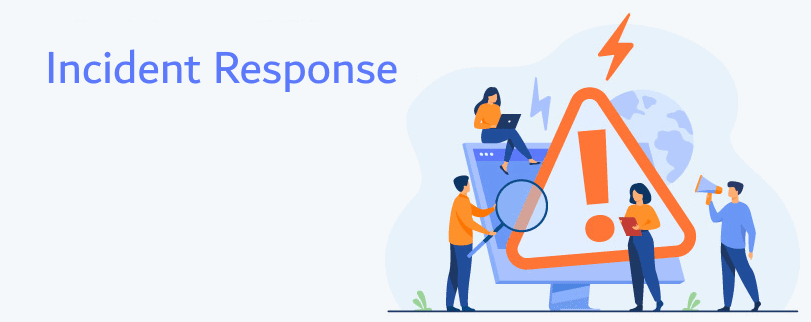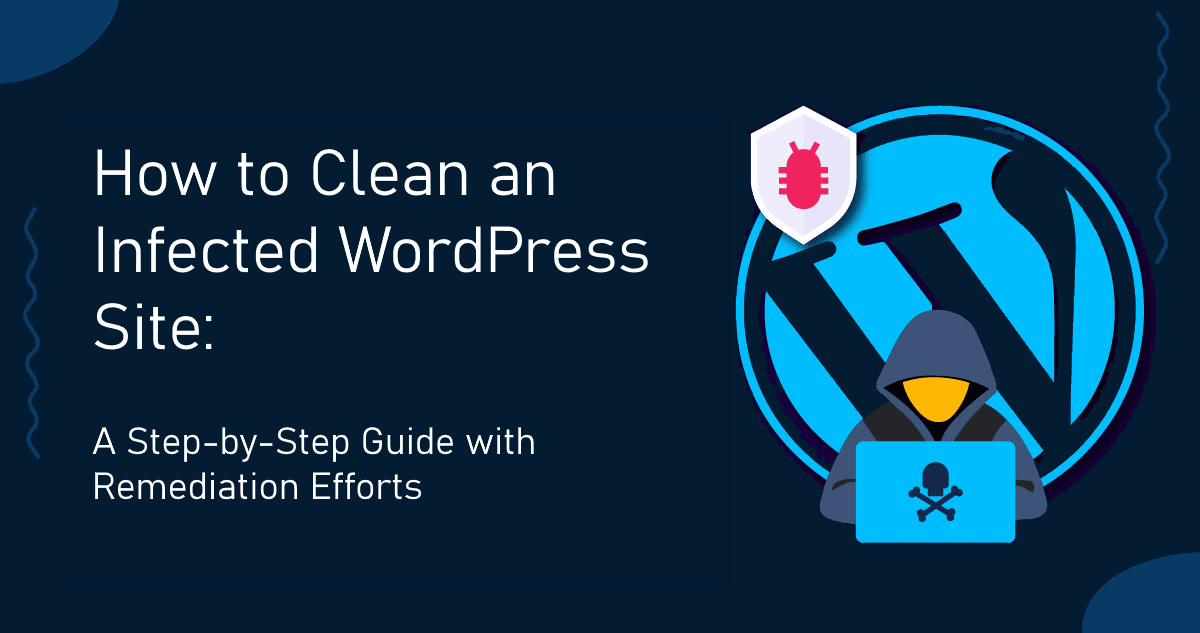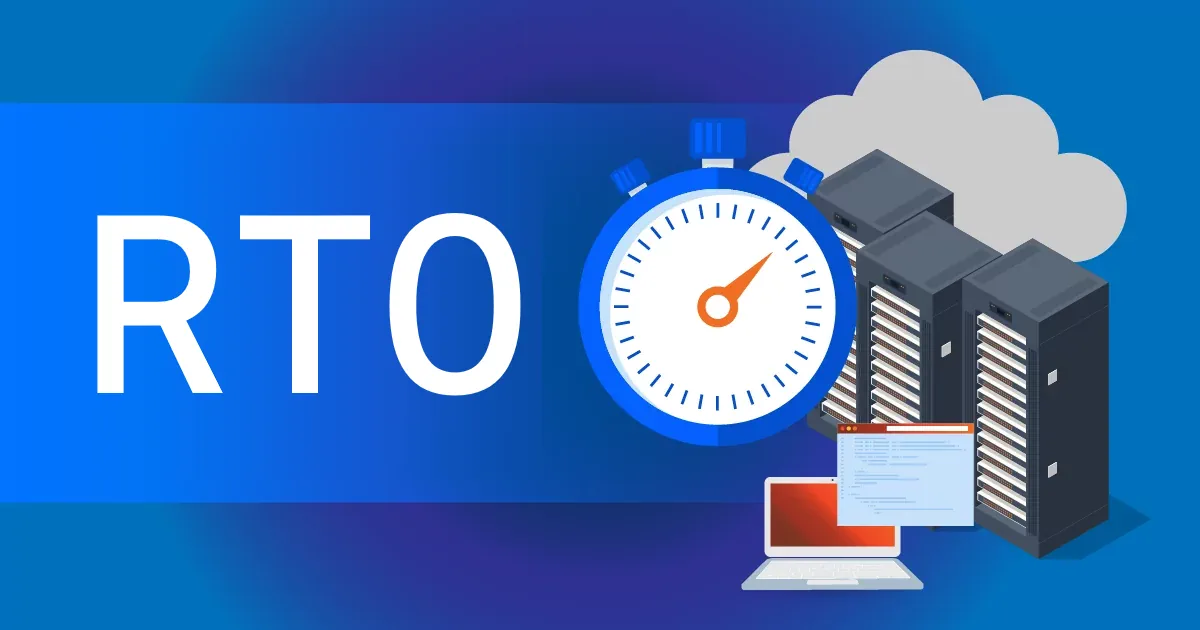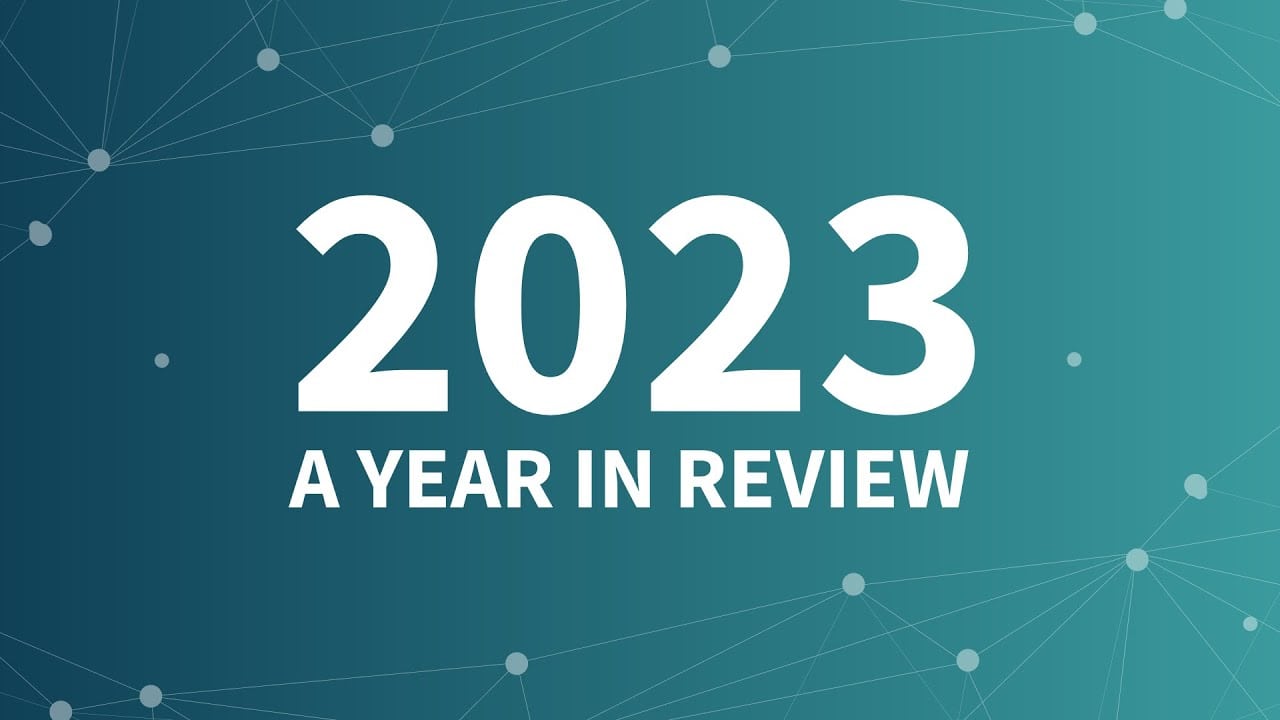Today, cybersecurity is not only a necessity but a critical component of business resiliency. At the forefront of this challenge is incident response, a structured approach to managing the consequences of a security breach or cyberattack. This article explores the critical role of incident response in cybersecurity and how comprehensive monitoring tool Netumo can improve this process for organizations of all sizes.
Incident response (IR) includes the preparation, detection, containment, remediation, and recovery of cybersecurity incidents. No matter how much you invest in cybersecurity, there is always the possibility of a system falling victim or being compromised. Therefore, it is important to have a good incident response plan in place so that you can recover from such situations and limit the damage to your business and brand. Incident response is a multifaceted approach that requires technical expertise, efficient processes, and the right tools. The main objective is to minimize damage, reduce recovery time and costs, and reduce risks associated with cyber threats.
Phases of Incident Response
- Preparation by planning is key to being prepared and building a robust incident response plan, and training teams.
- Identification, detection, and acknowledging an incident as soon as it happens.
- Containment as in limiting the spread and impact of the incident with the aid of good preparation and segregation of assets.
- Eradication and removing the threat from the affected systems.
- Recovery of business operations by restoring, and returning to normal.
- Lessons Learned once the incident has been resolved to see how to improve future response efforts.
Netumo: Enhancing Incident Response
Netumo is a monitoring and alerting tool designed to play a pivotal role in the incident response lifecycle, particularly in the identification, containment, and recovery phases.
1. Early Detection with Netumo
Early detection is the first line of defense in incident response. Netumo’s continuous monitoring capabilities ensure that any anomalies are detected swiftly. This timely detection is crucial for mitigating the impact of incidents. Prompt detection enables you to reduce the recovery time, and limit damage to the business and brand.
2. Automated Alerts and Notifications
When an incident occurs, time is of the essence. Netumo’s automated alert system immediately notifies the relevant personnel, allowing for a rapid response to potential threats. This prompt action is vital in containing and managing the incident effectively.
3. Comprehensive Reporting for Better Analysis
Post-incident analysis is crucial for improving future response strategies. Netumo provides detailed logs and reports that help in identifying the nature of the incident, the response effectiveness, and areas needing improvement.
4. Uptime Monitoring for Recovery and Assurance
During the recovery phase, ensuring that systems are fully operational and secure is essential. Netumo’s uptime monitoring feature helps confirm that all systems are back online and functioning correctly, providing peace of mind and assurance to both the business and its customers.
A Proactive Step Towards Cyber Resilience
Incorporating Netumo into your processes and your incident response strategy is a proactive step toward enhancing your organization’s cybersecurity posture. With its robust monitoring capabilities, automated alerts, and comprehensive reporting, Netumo is an invaluable tool for businesses looking to strengthen their defense against the ever-evolving landscape of cyber threats. Embrace Netumo for a more resilient, responsive, and secure future.
Ready to enhance your incident response strategy with Netumo? Visit https://www.netumo.com to learn more and start your journey towards a more secure and resilient digital environment.




